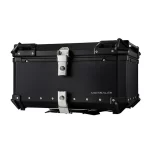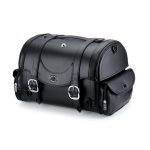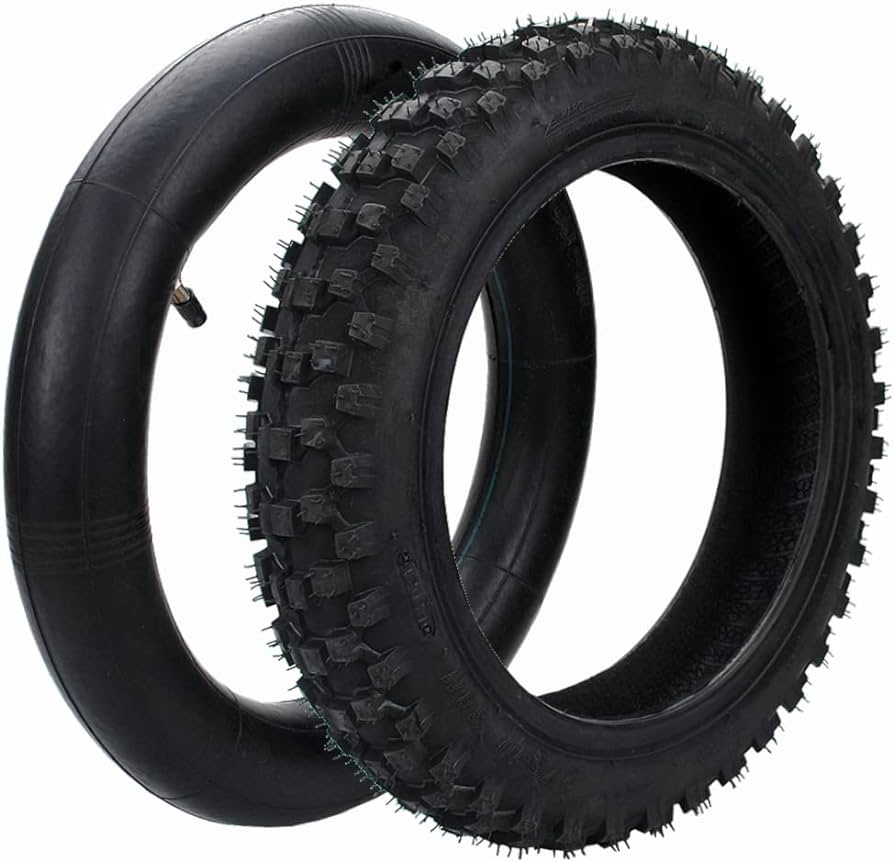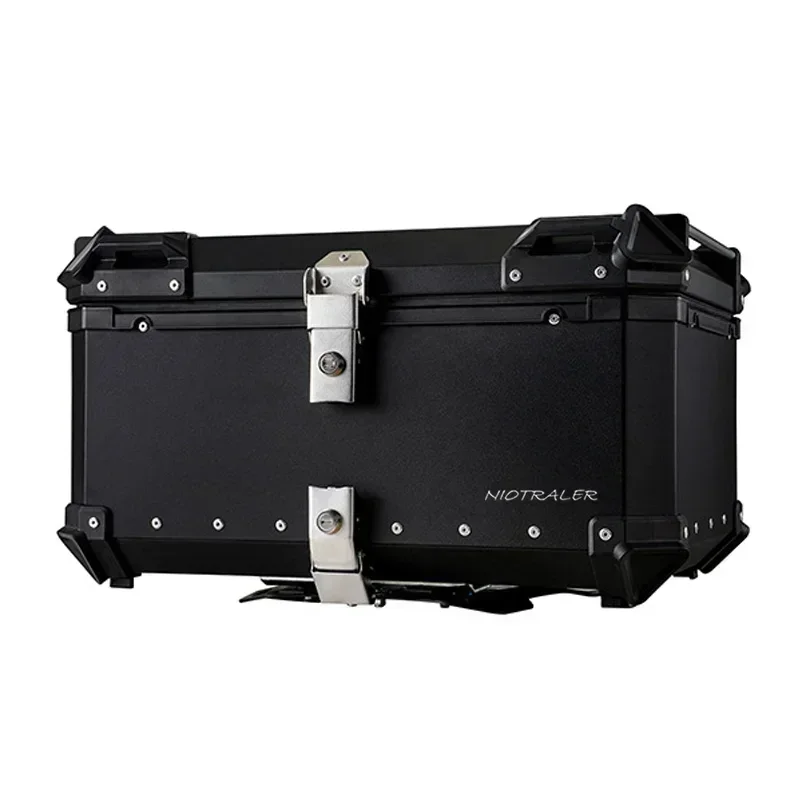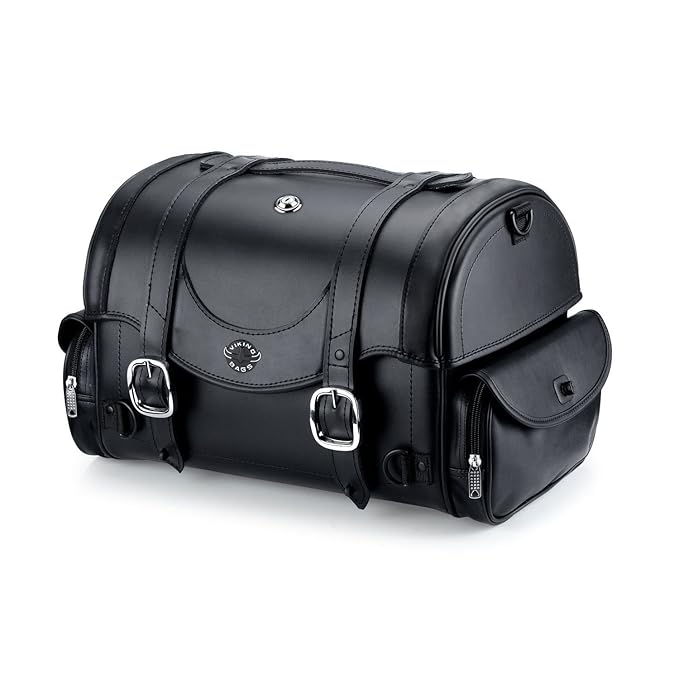Introduction
When it comes to motorcycles, tire sizes play a critical role in determining the performance, handling, and safety of the vehicle. Motorcycle tire size designations may initially seem confusing due to the combination of numbers, letters, and symbols involved. However, understanding the meaning and significance of motorcycle tire sizes is crucial for selecting the right tires for your bike and ensuring optimal performance. In this comprehensive guide, we will delve into the world of motorcycle tire sizes, unraveling their meaning and examining their significance. By exploring tire size markings, load ratings, speed ratings, and tire designations, you will gain the knowledge necessary to make informed decisions regarding motorcycle tire selection.
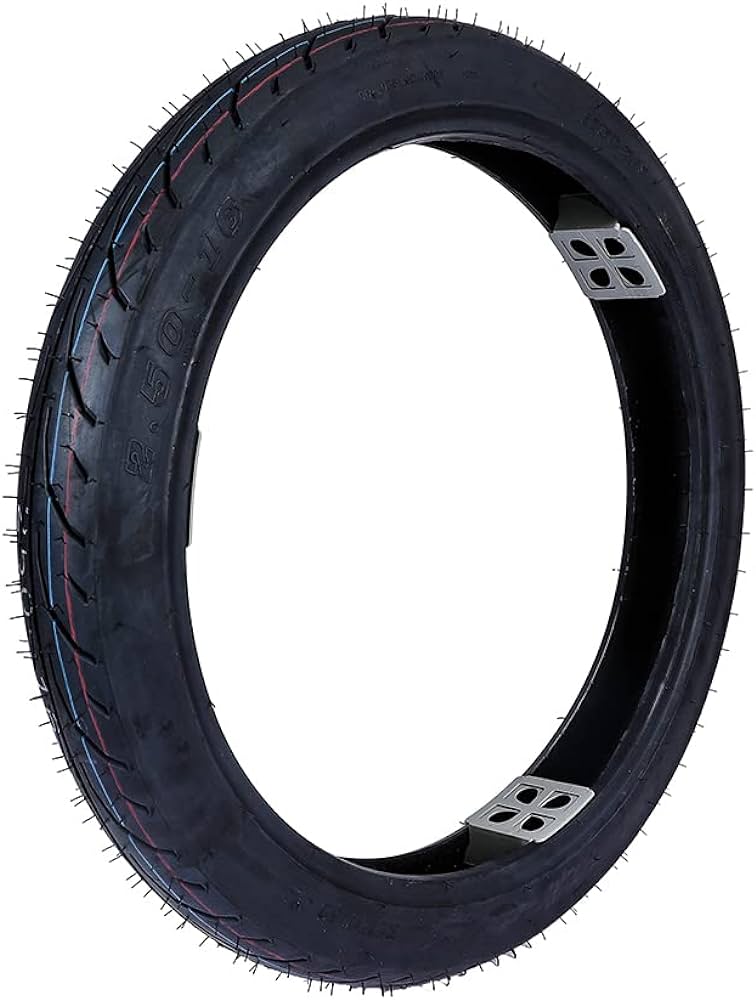
Understanding Motorcycle Tire Sizes: Unraveling the Meaning and Significance
I. Decoding Motorcycle Tire Size Markings
-
Reading the Tire Size:
- Motorcycle tire size markings consist of a combination of letters, numbers, and symbols. The most common format is expressed as three numbers, such as “120/70-17” or “180/55 ZR17.” These numbers provide specific information about the tire’s width, aspect ratio, rim diameter, and sometimes tire type.
-
Width Measurement:
- The first number in the tire size marking indicates the tire’s nominal width in millimeters. For example, in the size “120/70-17,” the width is 120mm.
-
Aspect Ratio:
- The second number denotes the aspect ratio or profile of the tire, expressed as a percentage. It represents the height of the tire’s sidewall relative to its width. In the size “120/70-17,” the aspect ratio is 70, indicating that the sidewall height is 70% of the tire’s width.
-
Rim Diameter:
- The final number in the tire size marking represents the rim diameter in inches. In the size “120/70-17,” the rim diameter is 17 inches.
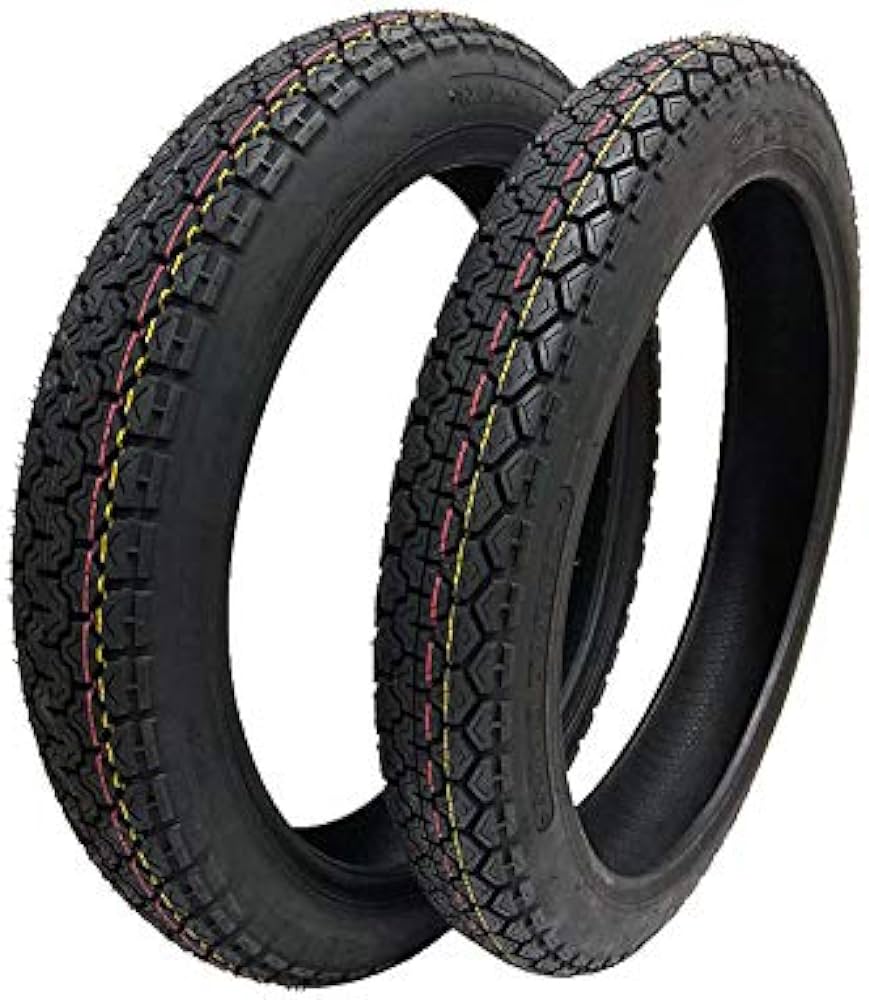
II. Load Ratings: Determining Weight Capacity
-
Load Index Numbers:
- Load index numbers are numerical values assigned to motorcycle tires, indicating their specific weight-bearing capacity. This rating provides information on the maximum load the tire can handle under ideal conditions.
-
Load Index Chart:
- To determine the weight capacity of a specific load index, refer to a load index chart provided by tire manufacturers. These charts correlate the numerical load index values to their corresponding weight capacities in pounds or kilograms.
-
Considering Bike Specifications:
- When selecting tires, it is essential to choose ones with a load rating suitable for the weight of your motorcycle, including any additional passengers or luggage. Refer to your motorcycle’s specifications or owner’s manual for the appropriate load rating range.
III. Speed Ratings: Understanding Maximum Speed Designations
-
Speed Rating Letters:
- Speed ratings indicate the maximum speed capability of the tire under ideal conditions. These ratings are represented by letters assigned to specific speed ranges. Common speed rating letters include “H,” “V,” “W,” “Y,” and “Z.”
-
Speed Rating Chart:
- Refer to a speed rating chart provided by tire manufacturers to determine the maximum speed capability associated with each speed rating letter. These charts correlate the letters with their respective speed ranges in miles per hour (mph) or kilometers per hour (km/h).
-
Considering Riding Habits:
- Selecting tires with an appropriate speed rating is crucial for maintaining safety and maximizing performance. Consider your riding habits and ensure that the speed rating of the chosen tires matches or exceeds the maximum speeds you typically reach during your rides.

IV. Tire Designations: Specialized Tires for Specific Applications
-
Standard (S) Tires:
- Standard tires, denoted by the “S” designation, are the most common type of motorcycle tires. They are suitable for general riding on various road surfaces and provide a balanced combination of grip, longevity, and performance.
-
Sport (H) Tires:
- Sport tires, designated as “H” tires, are designed for motorcycles that prioritize performance and handling on paved roads. These tires offer enhanced traction, agility, and cornering capabilities, making them popular among sportbike enthusiasts.
-
Cruiser (C) Tires:
- Cruiser tires, identified as “C” tires, cater to motorcycles optimized for comfort and long-distance riding. They offer a smooth and comfortable ride, emphasizing stability, durability, and long wear.
-
Off-Road (M) Tires:
- Off-road tires, represented by the “M” designation, are specifically designed for motorcycles intended for use on unpaved surfaces, such as dirt, gravel, or sandy terrains. These tires offer excellent traction, durability, and sidewall protection suitable for off-road riding.
V. Plus Sizing: Customizing Tire Fitment
-
Plus Sizing Concept:
- Plus sizing involves replacing stock tires with larger diameter ones while maintaining the overall diameter and circumference of the tire. This allows for the customization of aesthetics, handling, or performance characteristics.
-
Ensuring Proper Fitment:
- When implementing plus sizing, it is crucial to ensure proper fitment by considering factors such as clearance, wheel width limitations, and manufacturer recommendations. Incorrect fitment can adversely affect handling, speedometer accuracy, and overall performance.
VI. Consulting Manufacturer Recommendations
-
Reference Owner’s Manual:
- To determine the recommended tire sizes and specifications for your motorcycle, refer to the owner’s manual provided by the manufacturer. These recommendations are based on the manufacturer’s testing, engineering, and intended use of the motorcycle.
-
Professional Advice:
- If you have specific questions or concerns regarding tire size selection, consult a professional tire dealer or motorcycle mechanic. They can provide expert guidance based on their experience and knowledge.
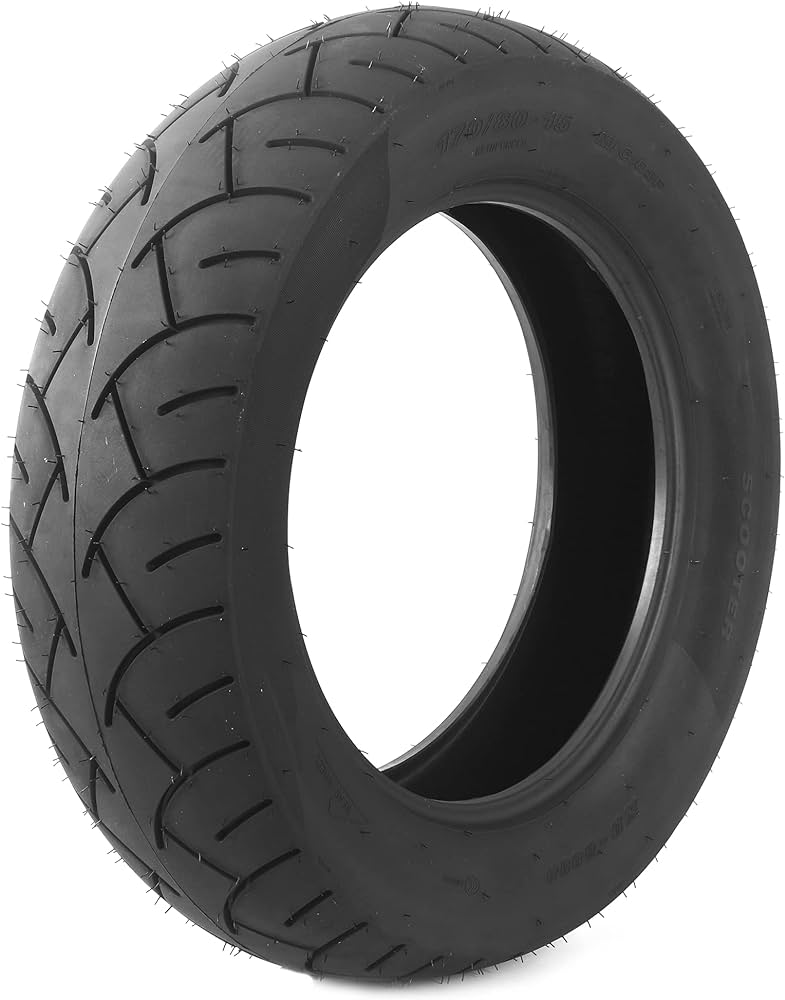
Tire Maintenance and Replacement
-
Regular Tire Inspections:
- Regularly inspecting your motorcycle tires is crucial for identifying signs of wear, damage, or deterioration. Check for tread wear, any punctures or cuts, sidewall damage, and proper inflation levels during routine maintenance.
-
Tread Depth:
- The tread depth of your motorcycle tires directly impacts their performance, especially in wet or slippery conditions. Ensure that the tire tread meets or exceeds legal requirements and replace tires that exhibit significant tread wear.
-
Tire Pressure:
- Maintaining proper tire pressure is essential for optimal handling, traction, and tire longevity. Follow the manufacturer’s recommendations for tire pressure, as underinflated or overinflated tires can negatively impact performance and safety.
-
Tire Rotation and Balancing:
- Regularly rotating your motorcycle tires can help promote even tread wear, prolong their lifespan, and maintain consistent handling characteristics. Additionally, balancing the tires ensures a smooth ride and minimizes vibrations.
-
Replacement Timing:
- As you regularly inspect your tires, pay attention to signs of excessive wear, cracks, bulges, or other damage. If your tires exhibit these signs or have reached the manufacturer’s recommended mileage, it is time to replace them to maintain optimal safety and performance.
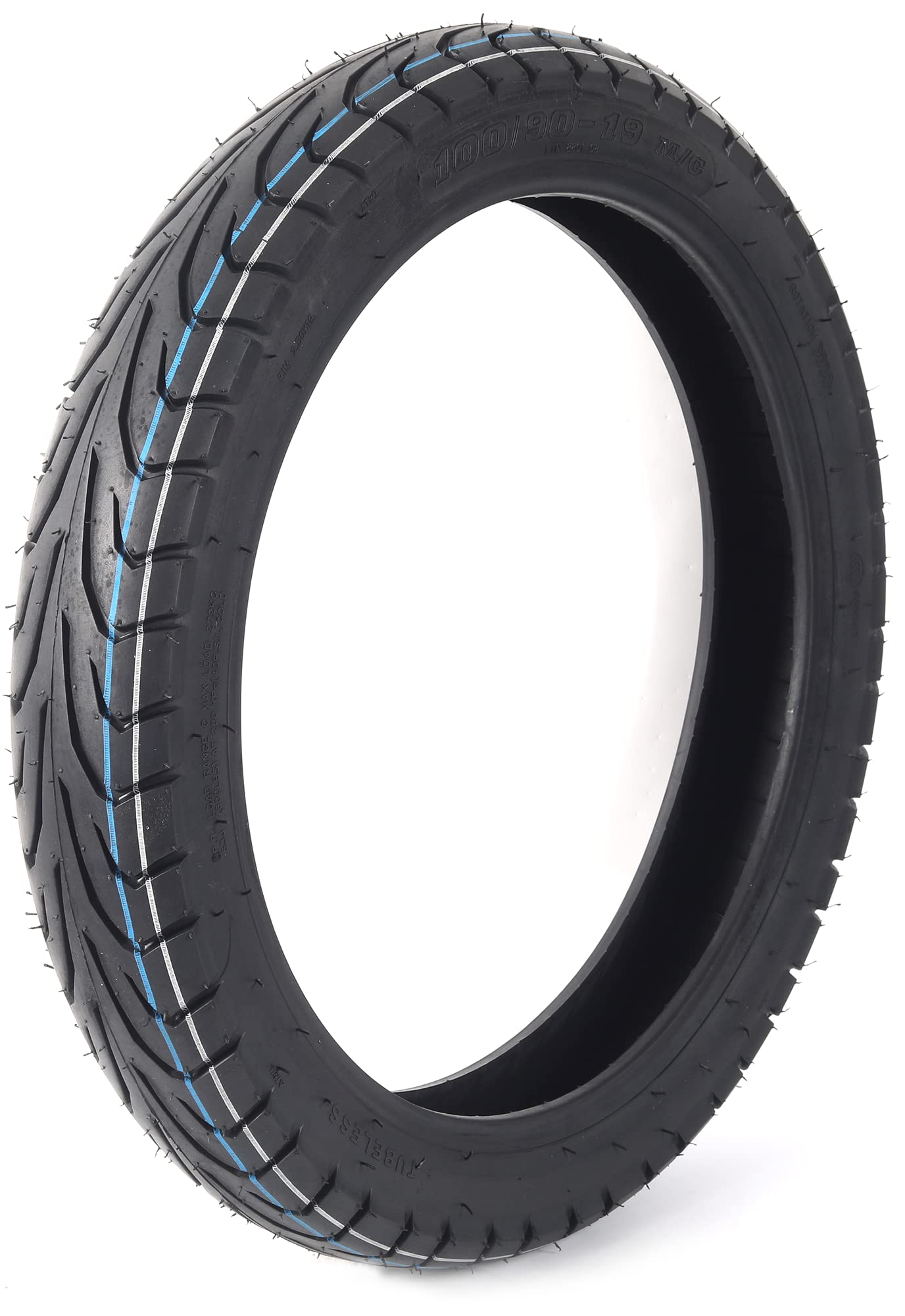
Understanding motorcycle tire sizes empowers beginners riders to make informed decisions when selecting tires that enhance their motorcycle’s performance, safety, and suitability for various riding conditions. By decoding tire size markings, considering load and speed ratings, understanding tire designations, and acknowledging specialized applications, riders can confidently choose tires that meet their specific needs.
When in doubt, always consult the manufacturer’s recommendations, owner’s manual, or seek advice from professionals to ensure the appropriate tire size and specifications for your motorcycle. With the correct tire sizes, you can enjoy optimal traction, handling, and overall performance, ultimately enhancing your riding experience and safety on the road.

